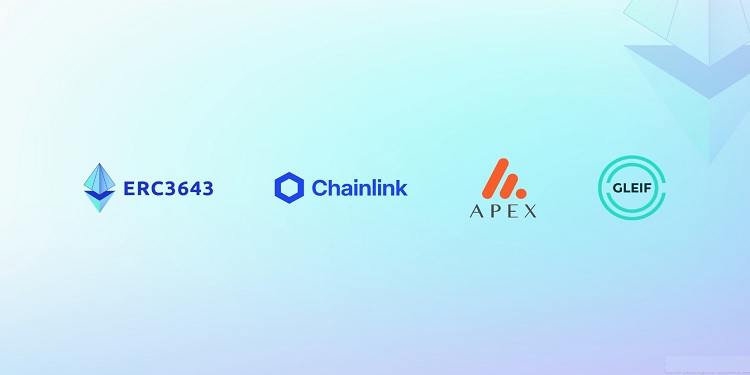Chainlink has unveiled the Automated Compliance Engine (ACE), a modular compliance infrastructure built to address one of the most persistent challenges in Web3—adapting blockchain systems to meet global regulatory requirements. Introduced via the company’s official communication channel, ACE is positioned as a strategic bridge between traditional financial institutions and decentralized blockchain platforms. The rollout marks a concerted effort to bring institutional capital into the on-chain ecosystem by embedding compliance mechanisms directly into blockchain operations.
The Automated Compliance Engine operates atop the Chainlink Runtime Environment (CRE), and its development involved collaboration with a set of industry players that includes Apex Group, the Global Legal Entity Identifier Foundation (GLEIF), and the ERC3643 standard. Chainlink emphasized that the creation of ACE reflects a multi-party commitment to overcoming the regulatory bottlenecks that have historically limited institutional participation in blockchain-based financial products and services.
A Response to Longstanding Regulatory Friction
The blockchain ecosystem has frequently struggled to align itself with legal frameworks designed for permissioned systems. As a result, institutional stakeholders—ranging from banks to asset managers—have often approached decentralized infrastructure with caution due to compliance uncertainties. Chainlink’s ACE is intended to alleviate these concerns by integrating legal and regulatory safeguards into the base layer of blockchain systems.
ACE offers a suite of tools designed specifically for compliance in both public and private blockchain environments. These include pre-transaction eligibility checks, automated enforcement of regulatory policies, standardized digital identity modules, and settlement tools optimized for regulated digital assets. The system allows institutions to meet the expectations of financial oversight bodies while still interacting with the benefits of decentralized finance (DeFi).
The release is particularly timely, given the intensifying regulatory scrutiny on crypto assets worldwide. Frameworks such as the Markets in Crypto-Assets (MiCA) regulation in the European Union and updated guidance from U.S. agencies like the Securities and Exchange Commission (SEC) and the Commodity Futures Trading Commission (CFTC) have placed increasing pressure on blockchain platforms to integrate compliance from the ground up. Chainlink appears to be positioning ACE as a proactive solution to this evolving legal landscape.
We are proud to collaborate with our association members @chainlink, @ApexGlobalGroup, and @GLEIF to launch an automated compliance engine compatible with ERC-3643.
Compliance is notoriously difficult in traditional finance. Institutions face fragmented, redundant, and expensive… pic.twitter.com/W3nPw2BxUn
— ERC3643.org (@ERC3643Org) June 30, 2025
Infrastructure for a Compliant On-Chain Economy
A key component of ACE’s functionality is its support for reusable digital identity standards, developed in part with GLEIF. These identity modules can be embedded into on-chain systems to support Know Your Customer (KYC) and Anti-Money Laundering (AML) protocols, enabling future readiness for jurisdictions likely to enforce regulated identity standards.
The broader ambition behind ACE appears to be unlocking a large pool of traditional capital—estimated at over $100 trillion—that has so far remained hesitant due to regulatory uncertainty. By creating a compliance-first architecture that can be integrated with existing DeFi protocols and enterprise-grade platforms, Chainlink aims to make blockchain infrastructure compatible with institutional risk and governance standards.
Despite its utility, some within the blockchain community may view the approach as a shift toward increased centralization, raising concerns about whether compliance-heavy systems can coexist with the foundational principles of decentralization. The broader implications of ACE will likely depend on how widely it is adopted and whether it successfully navigates the balance between openness and regulatory assurance.
Chainlink’s ACE is less about market spectacle and more about laying down infrastructure for compliant innovation. As financial institutions explore blockchain’s potential beyond experimentation, the presence of tools like ACE may determine whether they transition into active participants in the decentralized economy. The success of the framework will ultimately rest on its capacity to build trust across both sides of the financial divide.



